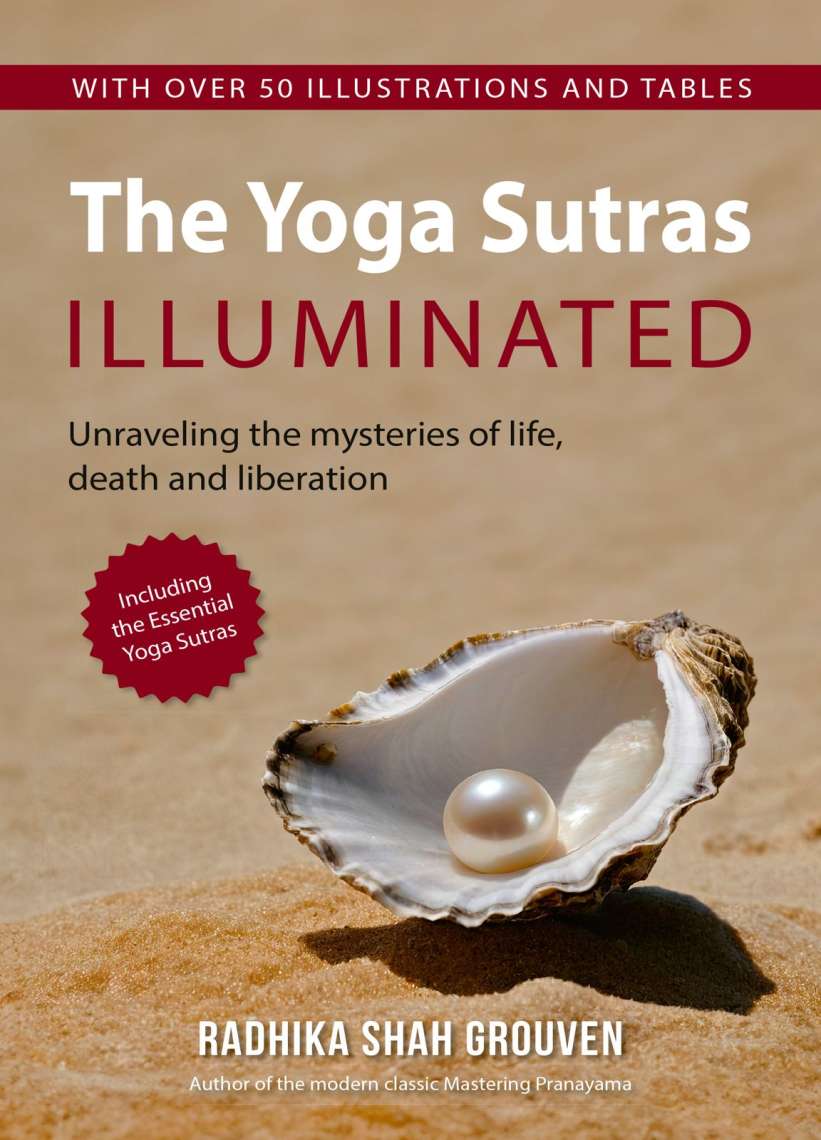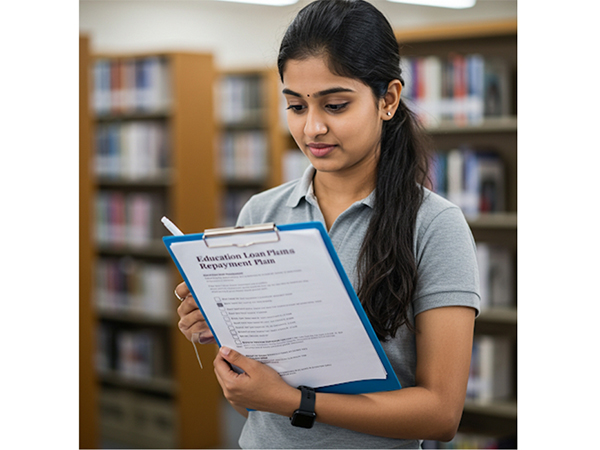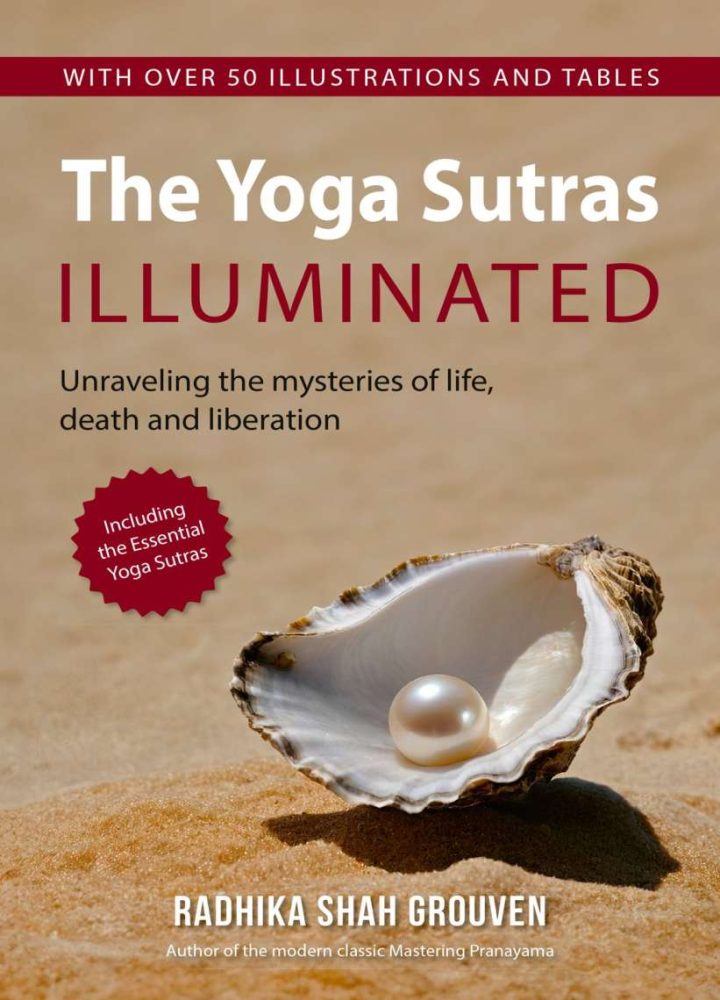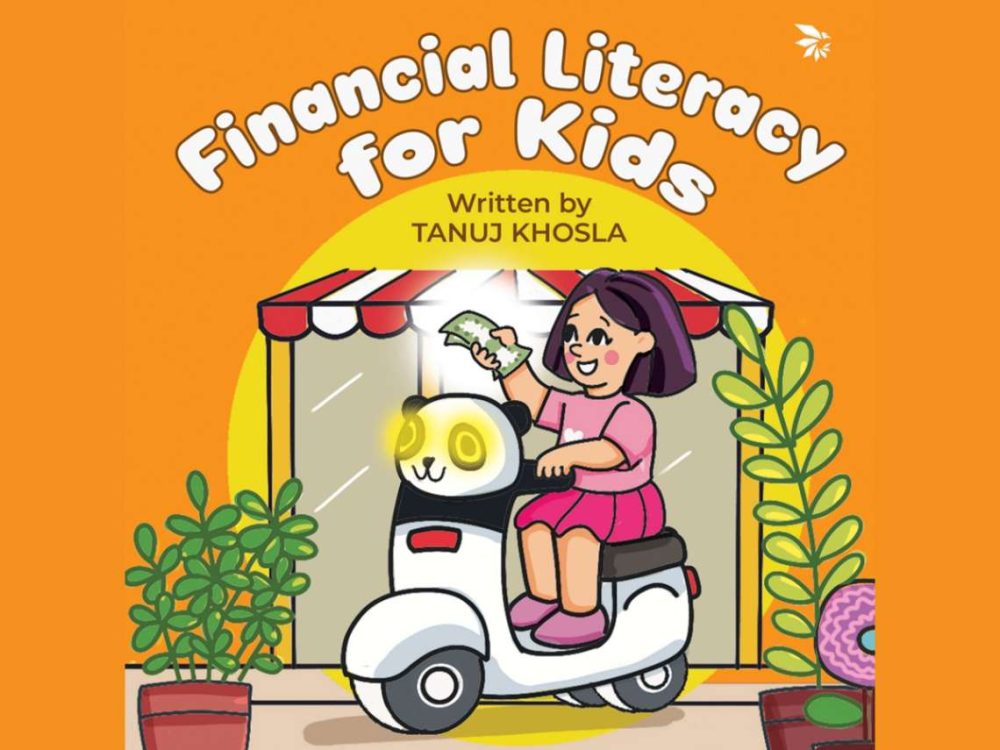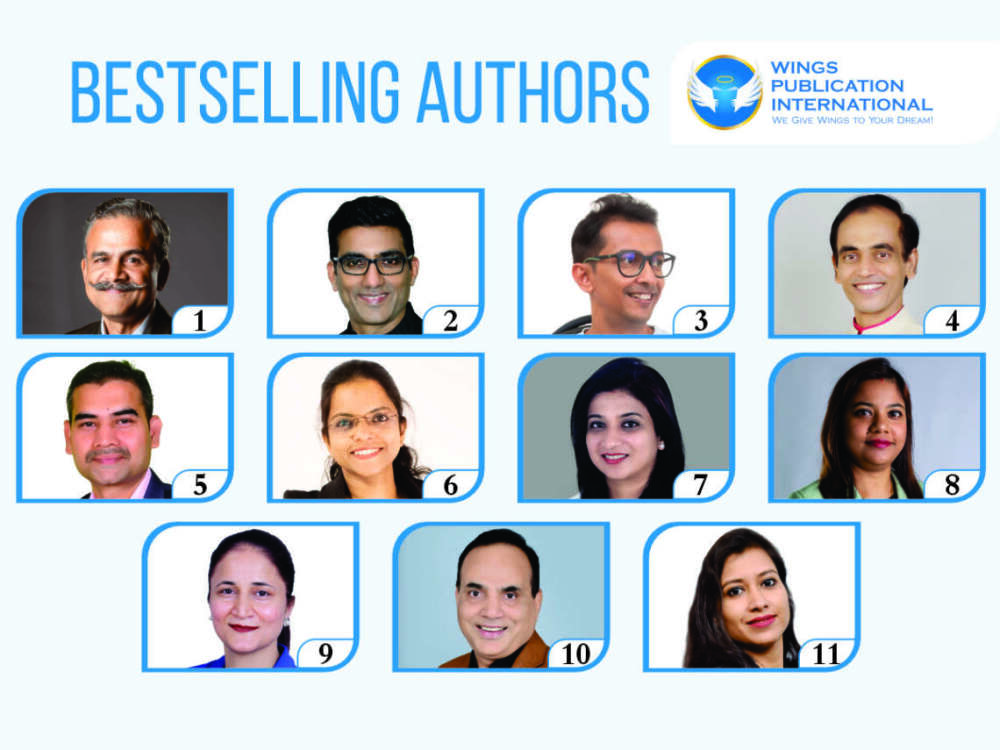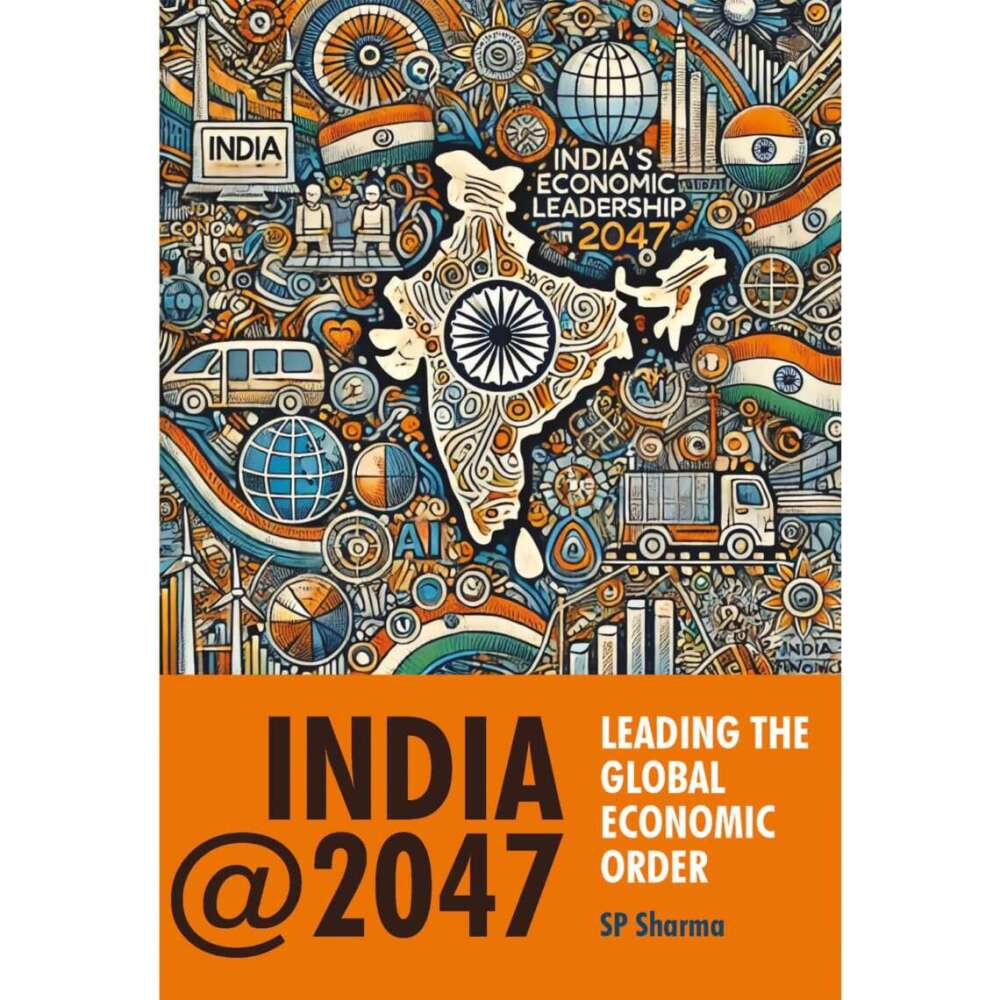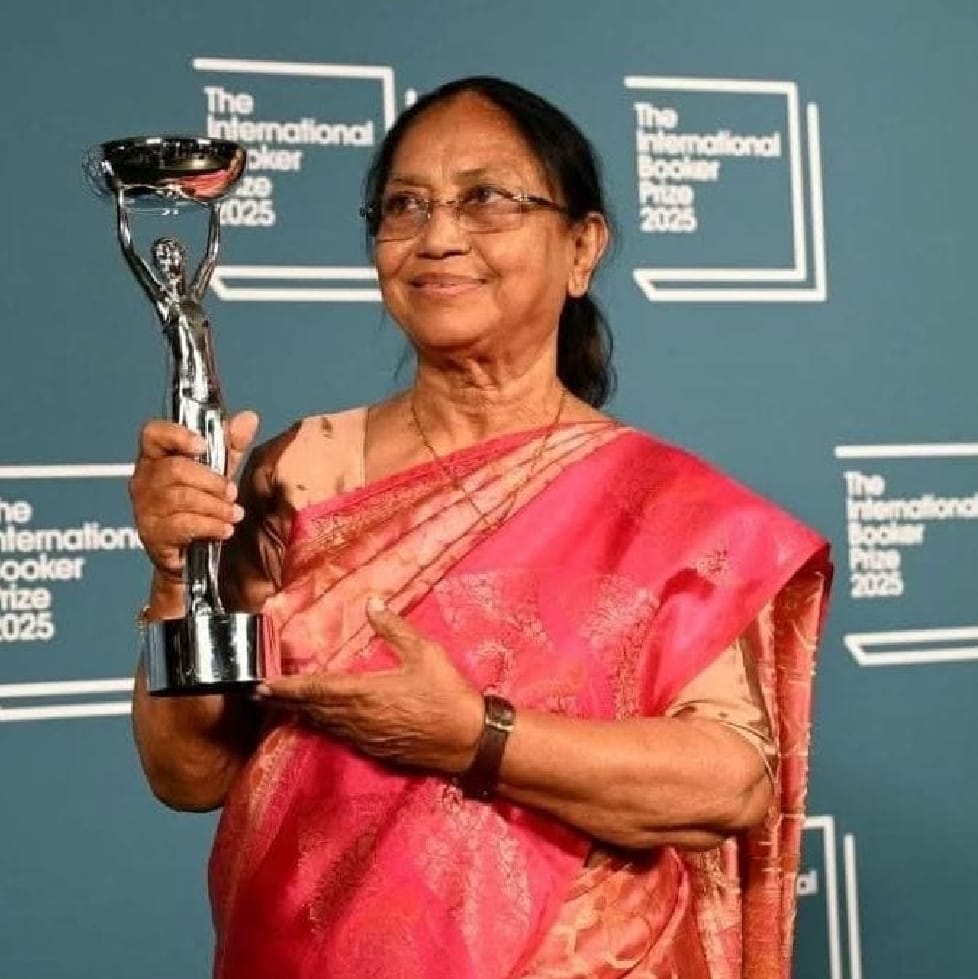After my early initiation by Swami Rama, I was flooded with profound spiritual experiences. Upon starting school, I began questioning the existence of the gods—much to my mother’s dismay. While other children found joy in simple games, I found myself asking, “Who am I?” From a young age, I was drawn to the search for permanence and immortality…Radhika Shah Grouven interacts with Asian Lite News Desk
Radhika Shah Grouven is the author of Mastering Pranayama–From Breathing Techniques to Kundalini Awakening, a modern classic on breathing exercises and energy practices that has become a definitive guide for students of yoga and pranayama. Currently, she is working on a series of illustrated books unraveling the mysteries of life, death and liberation and other writings of a more general nature. Radhika received a profound initiation called Vedha Diksha, in her infancy from her Satguru Swami Rama. This early initiation set the foundation of a childhood and youth filled with spontaneous mystical experiences, including glimpses of her true Self at the age of 13. This journey culminated in different levels of Samadhi at the age of 26 during a transformative four-month period.
With almost 32 years of intense practice as a “full-timer,” she has accumulated over 35,000 hours of systematic meditation as taught by Swami Rama. This journey reached its zenith in 2021 with the attainment of Bindu Bhedana, the piercing of the mysterious blue pearl, making her one of the few living masters of Samaya Srividya who is also accessible to modern aspirants of self-knowledge.
Could you share your journey from growing up in Mumbai, India to becoming a teacher of Samaya Srividya in Germany?
That was quite an adventure! After working as a journalist for a leading business magazine and later as a copywriter at a prestigious international advertising agency in Mumbai, I found myself increasingly dissatisfied with the direction my life was taking. Despite material success, there was an undeniable void in my inner world—one that desperately needed to be filled.
After much searching, and with a touch of serendipity, I arrived at Swami Rama’s ashram on the banks of the sacred Ganga in Rishikesh at the age of 31. I was awestruck at the simplicity and depth of this ancient lineage. It opened the doors to the beauty of my inner world, allowing me to drink from its fountain of nectar at will. The experience was intoxicating! I longed for a life partner who shared this path—someone who could connect with me at the same spiritual depth.
Then, one sunny winter morning in the ashram of Swami Rama, I met the desired life partner. Five days later, we were married in an ancient Vedic ceremony, officiated by the Brahmins from the Sanskrit school next door. It was a fairytale come true! My husband, a direct student of Swami Rama, is German, and a few weeks later, I moved to Germany. Now, 27 years later, I am still here, sharing the wisdom of Samaya Srividya with aspirants from around the world.
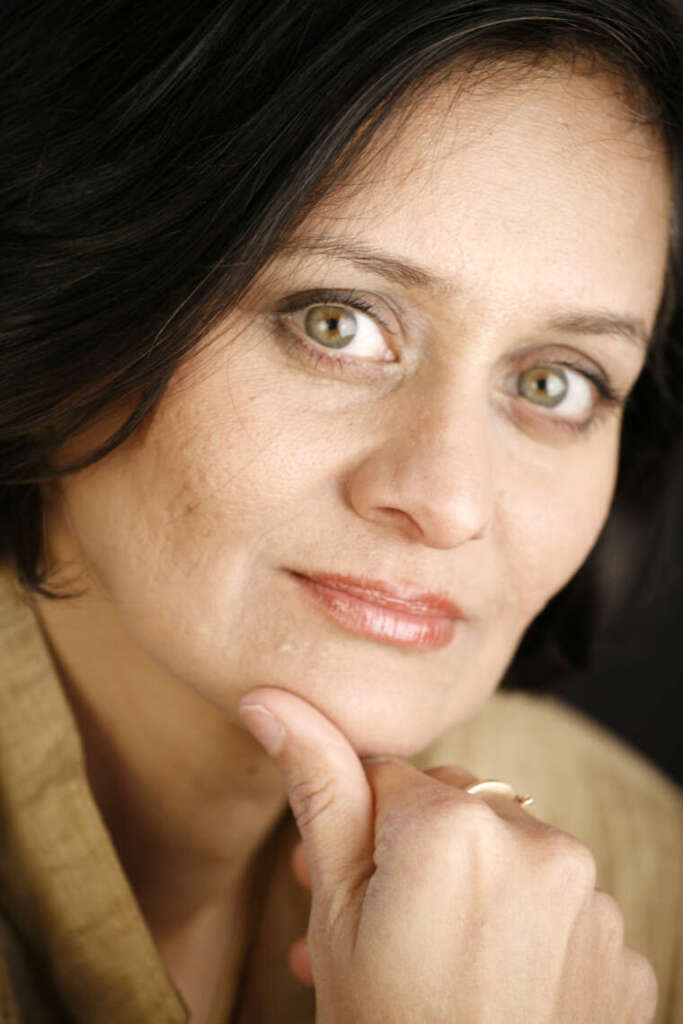
You mention being awakened by Swami Rama as an infant in Mumbai in the late 1960s. Could you explain how this initiation transformed you and your understanding of the Guru-student relationship?
Listening to Swami’s voice was an instant awakening. I asked my mother what the word guru meant. She simply said, “teacher.” But I felt something stir deep within me—surely, it meant much more than that? That profound force within my heart marked the beginning of many extraordinary spiritual revelations, the true highlights of my childhood. I came to realize that guru is not a mere teacher but an eternal guiding force—one that leads the soul over millennia, through innumerable lifetimes.
You’ve described having profound spiritual experiences from childhood, including attainment of samadhi, the highest state of yoga at the age of 26. How did these early experiences shape your life?
After my early initiation by Swami Rama, I was flooded with profound spiritual experiences. Upon starting school, I began questioning the existence of the gods—much to my mother’s dismay. While other children found joy in simple games, I found myself asking, “Who am I?” From a young age, I was drawn to the search for permanence and immortality. This relentless quest finally culminated in a direct experience of my true nature at the age of 13. The realization shook my world, yet I felt an unshakable sense of safety, as if everything would always fall into place. This deep trust gave me the courage to follow my most powerful inner calling—the desire to truly know myself. Nothing else seemed to matter.
You’ve been teaching Yoga, Advaita, and Samaya Tantra since 1992. What distinguishes the Samaya approach from other spiritual traditions, and why do you believe it’s particularly relevant for serious spiritual seekers today?
While yoga has been stripped down to the bare minimum limiting it to physical culture, the beautiful teachings of advaita are often confined to the intellectual realm. The seers were called so because they were able to see within. The Samaya tradition focuses on leading the aspirant to this direct, inner experience. Over the past fifty years, the world has undergone dramatic change. In this age of technology, the internet, and AI, information is becoming universally accessible. While many predict economic crises, a deeper spiritual crisis is quietly unfolding—one that is affecting keen, young minds searching for meaning in life. These seekers are no longer satisfied with ritualistic ceremonies, blind faith, or dogma. They seek to experiment, to test, and to validate spiritual teachings through direct experience. Not satisfied with blind faith, they will not settle for anything less than divine eyes!
Your book, Mastering Pranayama, published in 2018, has since become a modern classic and a must-have book for yoga aspirants. In this book you challenge the common belief that pranayama is merely about breathing exercises. Could you elaborate on the distinction?
Breath is superficial. While air sustains life, prana is life itself. After all, a balloon filled with air is not alive. Breathing exercises work with the breath; they do not directly impact the life force. The practices that work with prana are subtler—they are called pranayama.
You offer a systematic path for dedicated aspirants. What tips can you give a beginner on this path?
While many techniques are freely available today, most aspirants struggle to practice them due to a lack of time. I am often asked, “Can you give me just one technique?” The mind-body function is complex and it would be overly simplistic to recommend just one technique. If time is limited then it is essential to incorporate at least a few physical exercises to maintain overall fitness. Squats and lunges, the dynamic counterparts of two static yoga poses Utkatasana and Virabhadrasana, can be easily integrated into daily life. Adding Vriksasana, the tree pose, would greatly enhance balance and stability. Besides this, I strongly recommend the daily practice of diaphragmatic breathing, which is explained in my book Mastering Pranayama. (Available for purchase on Amazon [https://rb.gy/twc4a2])
You’ve written about Internal Dialogue as an important Vedantic meditation practice. How does this practice differ from modern mindfulness techniques?
Mindfulness techniques, which are based on awareness, breath or visualization, are useful tools for stress management. Internal Dialogue, however, is a deeper practice—one that fosters self-knowledge and leads to the resolution of inner conflicts.
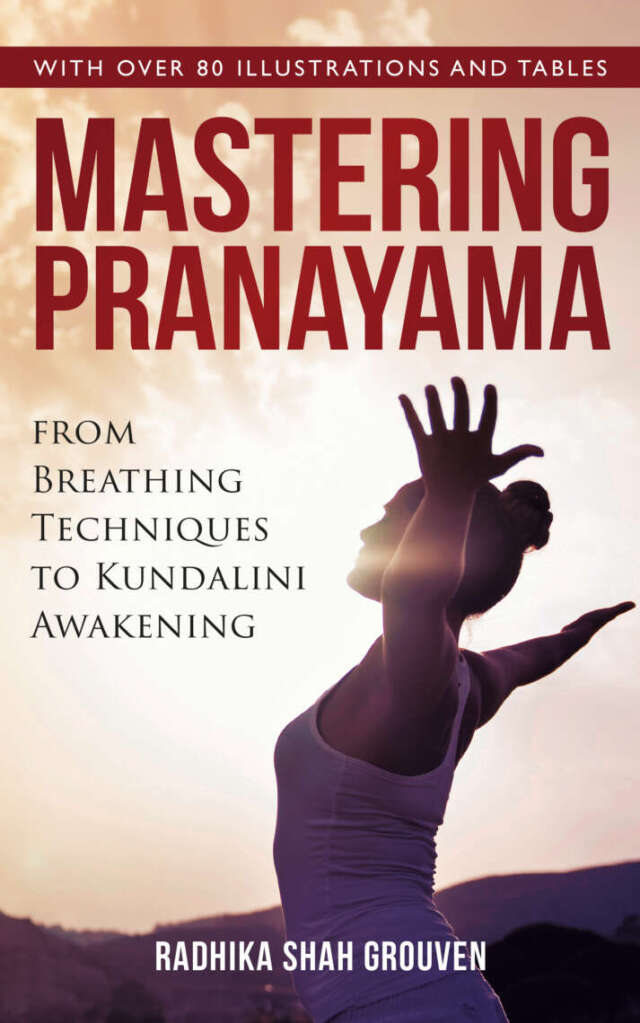
Your upcoming book on the Yoga Sutras of Patanjali will join a crowded field of commentaries. What unique perspective will your commentary offer that others might have overlooked?
My commentary The Yoga Sutras Illuminated draws heavily on insights from the meditative lineage originating in the Himalayan cave monasteries. At its core is a fundamental illustration—what I call the Anatomy of Life—a map that has been handed down for millennia. I have adapted this illustration to shed light on life’s greatest mysteries: the experience of unity among all beings, the meaning of the mystic sound AUM, and the ultimate equalizer—death. These timeless maps—there are about 40 of them—distinguish The Yoga Sutras Illuminated from all previous commentaries.
You have established a meditative retreat “The Hermitage” at Lake Rur in Germany. How has relocating from India to Europe affected your teaching approach? In your experience, how do teachings rooted in ancient Indian traditions resonate with and benefit individuals across diverse cultures?
Relocating was both a personal challenge and a profound expansion of consciousness. Over the years I have witnessed the differences between people from various cultural backgrounds, yet with time I have grown to see only the similarities. We all want the same at our very core—unity. The teachings are universal and very practical. Ours is not a life-denying tradition—quite the opposite. Our modern lives are filled with stress and conflicts. Materialism has divorced us from nature and loneliness has become humanity’s greatest affliction. The timeless wisdom of the great sages remains a balm to the soul, offering healing, and connection in a fragmented world.
You’ve mentioned that Samaya tradition is “a privileged option for those who have reached an advanced stage in the cycle of death and rebirth.” How can someone determine if they’re ready for this path, and what prerequisites would you consider essential?
The Samaya tradition is an internal path that leads to the direct experience of Individual Consciousness. Since few truly seek direct communion with the Divine within, my role is to guide sincere aspirants gradually through the different levels of this journey. The training is holistic, beginning with foundational preparation at the physical level. To participate in the Self Realization Program (SRP), an aspirant must cultivate mental clarity, a degree of detachment, and a genuine longing for transformation. But above all, the most essential requirement is the willingness to practice the techniques given and integrate the teachings into daily life.
Beyond your book The Yoga Sutras Illuminated, which is due to be published in May this year, what future projects are you excited to share with the world?
From the perspective of Samaya Srividya, humanity is reaching “escape velocity,” by this I mean, we stand poised for take-off in our evolutionary journey, ready to break free from our self-created ignorance and suffering. As a messenger of the sages, my mission is to bring these teachings to as many people as possible. This is why I am working on a series of books designed for a wider readership. Through these writings, I will inquire into our understanding of wealth, the purpose of life, and the nature of the mind, offering insights that bridge ancient wisdom with modern life. I am also looking forward to relaunching YouTube channel Radhikaji in the next months.



